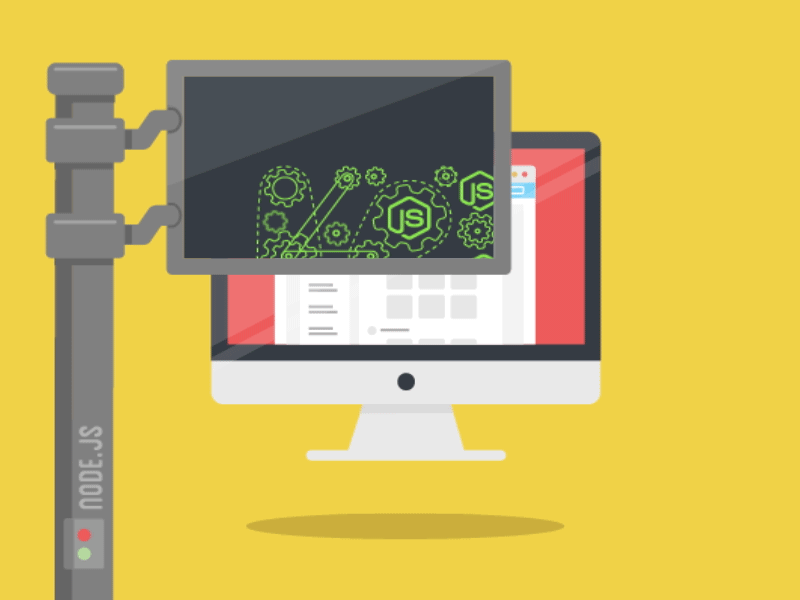Top skills for software engineers
Having these talents and technical abilities can make you more marketable to employers. Computers touch nearly every part of life. For that, you can thank software engineers. They’re the ones responsible for developing, designing, testing, writing, modifying, and debugging software based off specific requirements. Although there are plenty of full-time software engineering jobs out there, it can also be a flexible position, with contracting and freelancing opportunities commonly available. To keep up with the world’s ever-growing interest in new and better computer programs, a whole lot of software engineers will be hired in the coming years. If you’re hoping to excel in this industry, you will need to keep up, as well. “The industry evolves quickly, so you have to keep your skills current,” says Anima Anandkumar, professor of computing and mathematical sciences at Caltech. Looking to outshine the competition for any of the more than 1,000 software engineer jobs on Monster? Y...

